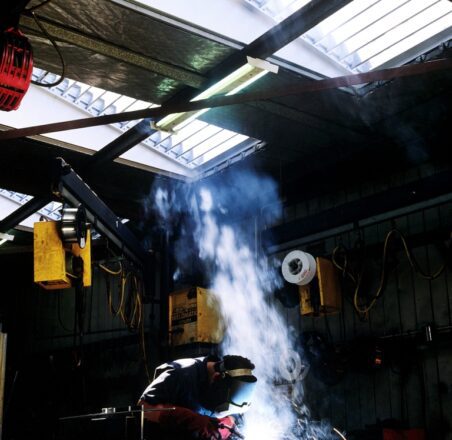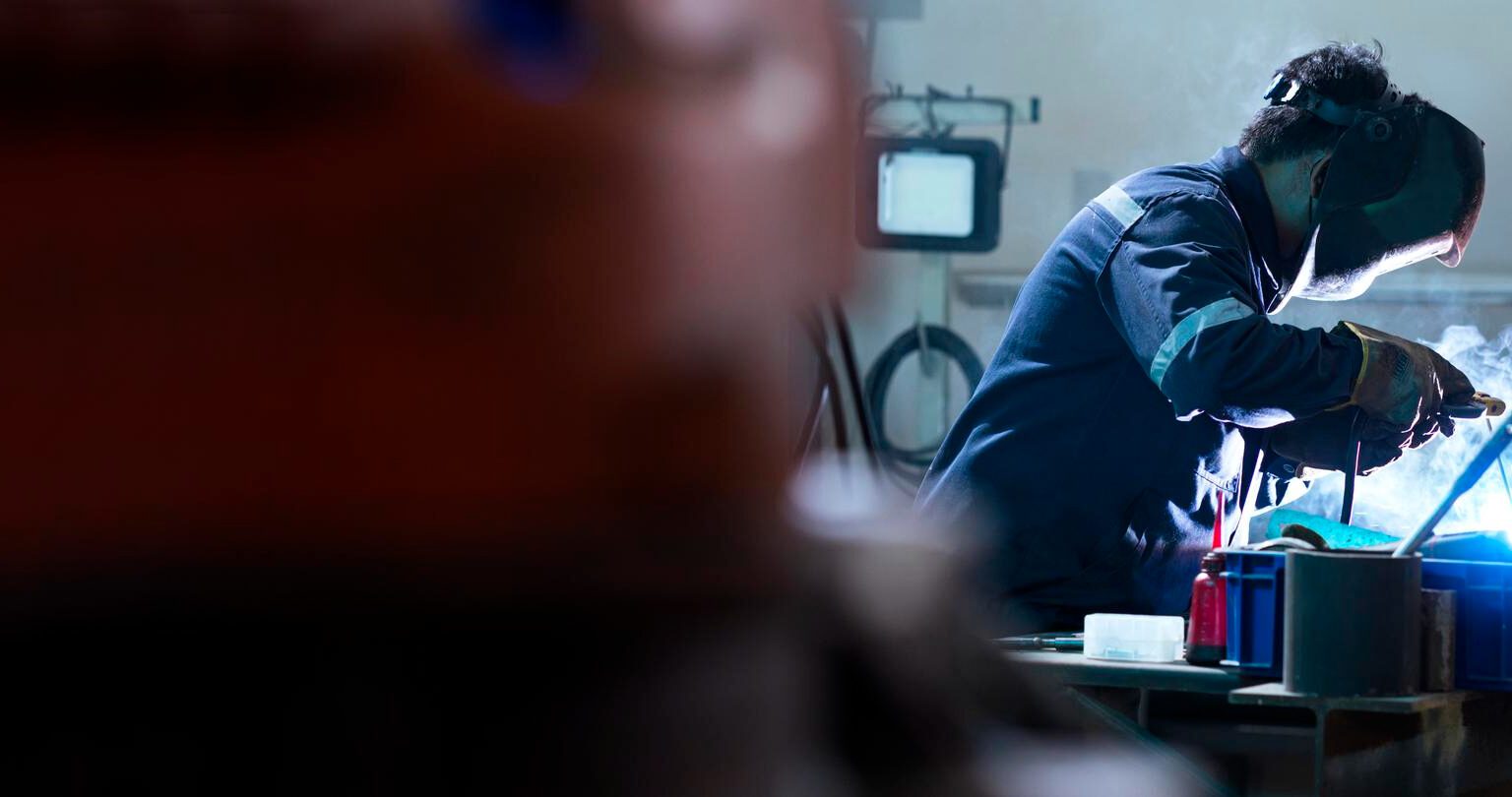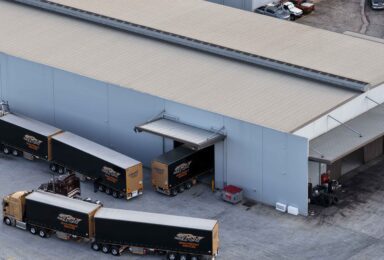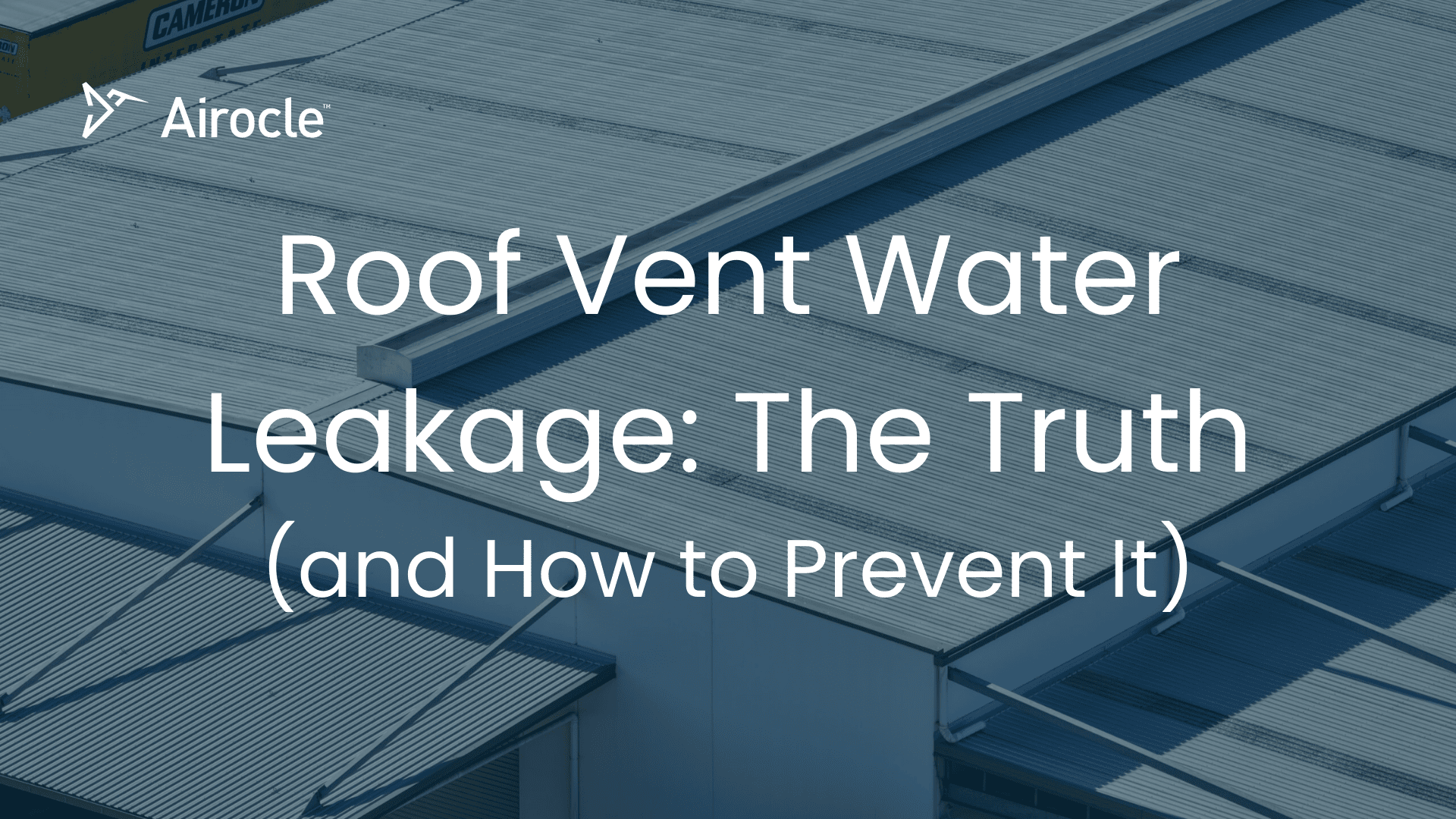
Welding Fume Regulations: What You Need to Know
Welding Fume Regulations: What You Need to Know
Did you know that Australia has officially lowered the Workplace Exposure Standard for welding fumes? As of 2024, the legal exposure limit has dropped from 5mg/m³ to just 1mg/m³, a game-changer for workplaces across the country. If welding happens in your factory, workshop, or job site, this change directly affects you.
But here’s the big question: Is your workplace compliant?
If you’re feeling overwhelmed, you’re not alone. With new regulations, the risk of fines, and concerns about expensive ventilation upgrades, it’s easy to wonder where to start.
The good news? Compliance doesn’t have to mean major expenses or a complete workspace overhaul. With the right approach, you can protect your workers, meet legal requirements, and control costs, all while creating a safer, healthier work environment.
In this article, you’ll learn:
- What’s changed in the welding fume exposure laws (and why it matters).
- What the New Standard Means for You (beyond just fines).
- Ventilation Options for Compliance (without breaking the bank).
Understanding the New Welding Fume Extraction Standards
Welding fume has long been a silent danger in workplaces, but the latest regulations make one thing crystal clear: it’s time to take this risk seriously.
For years, the legal limit for welding fume exposure in Australia sat at 5mg/m³, (Milligrams per cubic meter (mg/m³) is a unit used to measure the concentration of airborne pollutants) but as of 2024, that limit has dropped to just 1mg/m³. That’s an 80% reduction, and it means many existing ventilation and extraction systems may no longer be enough to keep your workplace compliant.
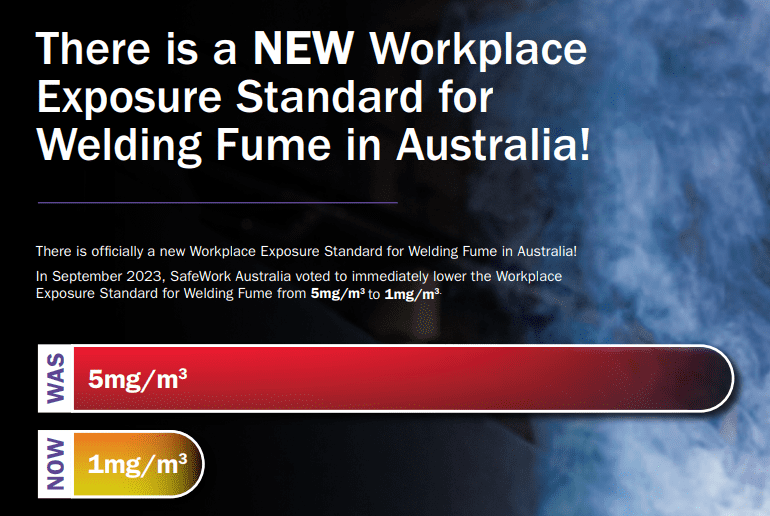
Why Has the Standard Been Lowered?
The science is undeniable. Welding fumes contain toxic metals like manganese, chromium, and nickel, which are linked to serious health problems, including:
- Lung cancer – Welding fumes are now officially classified as a Group 1 carcinogen, meaning they are proven to cause cancer in humans.
- Neurological damage – Exposure to high levels of manganese can lead to manganism, a condition with symptoms like Parkinson’s disease.
- Chronic respiratory disease – Welders have a significantly higher risk of occupational asthma, chronic obstructive pulmonary disease (COPD), and other lung conditions.
And yet, despite these risks, many welders are still working without proper protection.
A 2023 survey found that:
– 39% of welders don’t use any respiratory protection.
– 67% say their workplace isn’t doing enough to minimise exposure.
The new regulations force workplaces to step up and provide welders, and anyone working near welding operations, with the protection they deserve.
What the New Standard Means for You
So, what does this actually mean for businesses? Here’s the bottom line:
- 1mg/m³ is now the law. If welding fumes in your workplace exceed this limit, you’re non-compliant, and regulators are cracking down.
- This applies to everyone exposed to welding fumes. Not just welders, but also fabricators, machine operators, and anyone working near welding activity.
- Fines and enforcement are ramping up. SafeWork Australia and state health and safety regulators aren’t treating this as optional, businesses that fail to comply risk hefty fines and legal consequences.
- Your current ventilation setup may not be enough. Many older systems were designed for the previous 5mg/m³ standard. If you haven’t reviewed your setup recently, now is the time.
The takeaway?
The welding industry is shifting. Employers must rethink their approach to fume control, and workers need to be proactive about their safety.
Beyond PPE and extraction systems, ensuring effective airflow is critical. Proper ventilation, whether mechanical or natural, is what ultimately keeps fume levels below the legal exposure limit
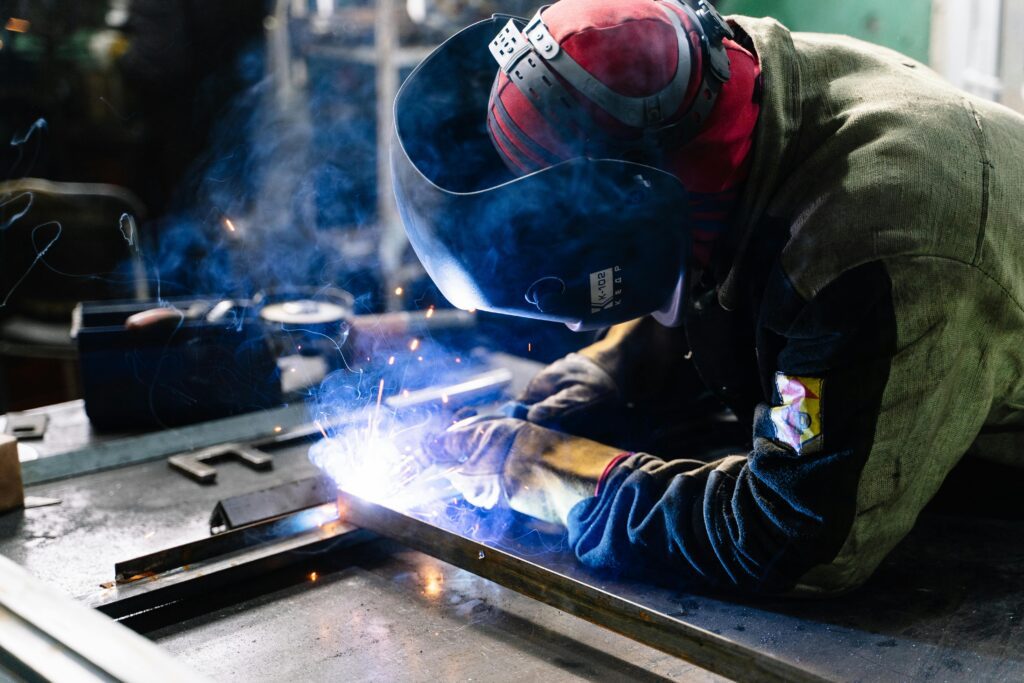
Ventilation Options for Compliance
To meet the updated welding fume exposure standards, workplaces must implement effective ventilation solutions. The two main options are powered ventilation systems and natural ventilation solutions. Each has its advantages and considerations, and the right choice will depend on factors such as workspace layout, operational needs, and budget.
1. Powered Ventilation Systems
Powered ventilation systems use mechanical extractors or fan-driven systems to remove welding fumes and maintain air circulation. These systems are commonly used in facilities where fumes need to be drawn out from specific areas, such as welding bays, enclosed workshops, or fabrication zones with high fume output. They can also complement natural ventilation by boosting airflow when wind or temperature differences are low.
Advantages:
- Effective in confined spaces where natural airflow is limited
- Adjustable airflow to meet specific ventilation needs
- Scalable for small workstations or large facilities
Considerations:
- Higher energy use due to powered operation
- Regular cleaning and maintenance required
- Heat buildup – While powered systems effectively extract fumes, they can also recirculate warm air or add heat load if not designed for adequate replacement air, impacting comfort and overall air balance.
2. Natural Ventilation
For welding bays and manufacturing areas, natural ventilation is just as effective, if not better, when designed correctly. It uses the natural pressure and temperature differences to move contaminated air out of the building without fans or ducts.
Airocle’s Z Series roof and wall louvres are a perfect option for welding fume extraction, delivering high air volume movement and continuous removal of heat, fumes, and airborne contaminants, all while operating silently and requiring minimal maintenance.
Advantages:
- Zero energy consumption and minimal operational costs
- Continuous airflow with no moving parts
- Low-maintenance, long-lasting solution for industrial spaces
Considerations:
- Building layout and wind direction must be assessed to maximise performance
- Retrofitting requires analysis of the site’s wind rose and surrounding environment to ensure optimal airflow paths
3. Hybrid Ventilation
In some cases, a combination of natural and powered ventilation offers the best of both worlds. Hybrid systems enhance the performance of natural ventilation by giving it a small helping hand, with booster fans, ideal when airflow needs a boost without committing to a full mechanical setup.
Airocle’s 5 Series hybrid vents use low-energy booster fans to assist natural ventilation flow during low wind or heat load periods. This ensures consistent air quality and compliance while remaining significantly more cost-effective in both energy and materials than traditional mechanical systems.
Advantages:
- Improved control over airflow in variable conditions
- Lower energy use and emissions compared to full mechanical systems
- Supports compliance with minimal maintenance demands
Considerations:
- Requires access to a small power source for booster fans
- Ideal design achieved through CFD or airflow modelling for best performance
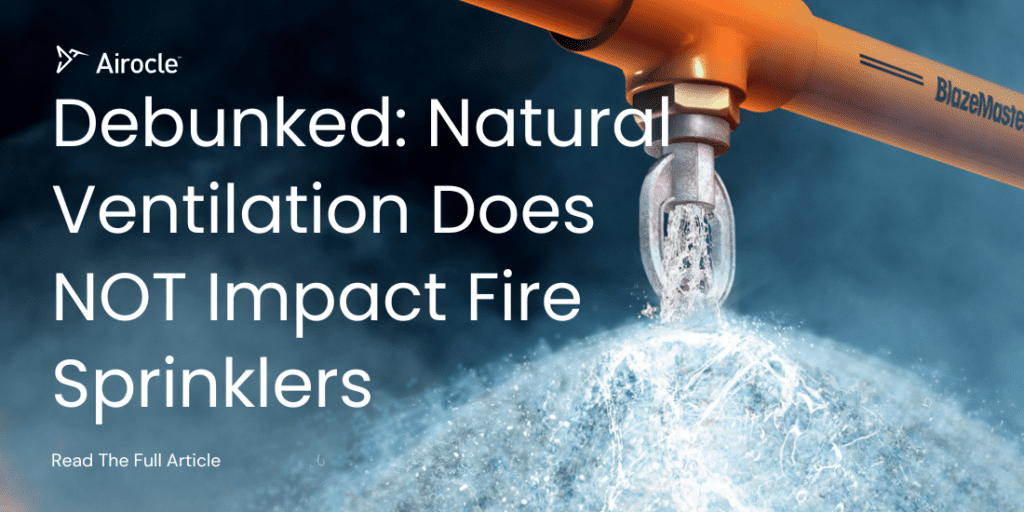
Enhancing Ventilation Efficiency with 360 CFD Analysis
To ensure optimal ventilation performance, our 360 CFD (Computational Fluid Dynamics) analysis provides a data-driven approach to airflow management. By simulating how air moves through your workspace, CFD analysis helps identify inefficiencies, dead zones, and opportunities for better fume extraction, allowing ventilation systems to be designed or adjusted for maximum effectiveness.
In high-intensity welding environments, where heat buildup and fume concentrations can be extreme, natural ventilation can complement or even outperform mechanical systems by removing excess heat and improving overall air quality.
This is particularly beneficial in large industrial spaces where powered systems alone may struggle to maintain comfortable working conditions. By combining strategic ventilation design with CFD analysis, businesses can create a well-balanced, compliant, and cost-effective solution for welding fume control.
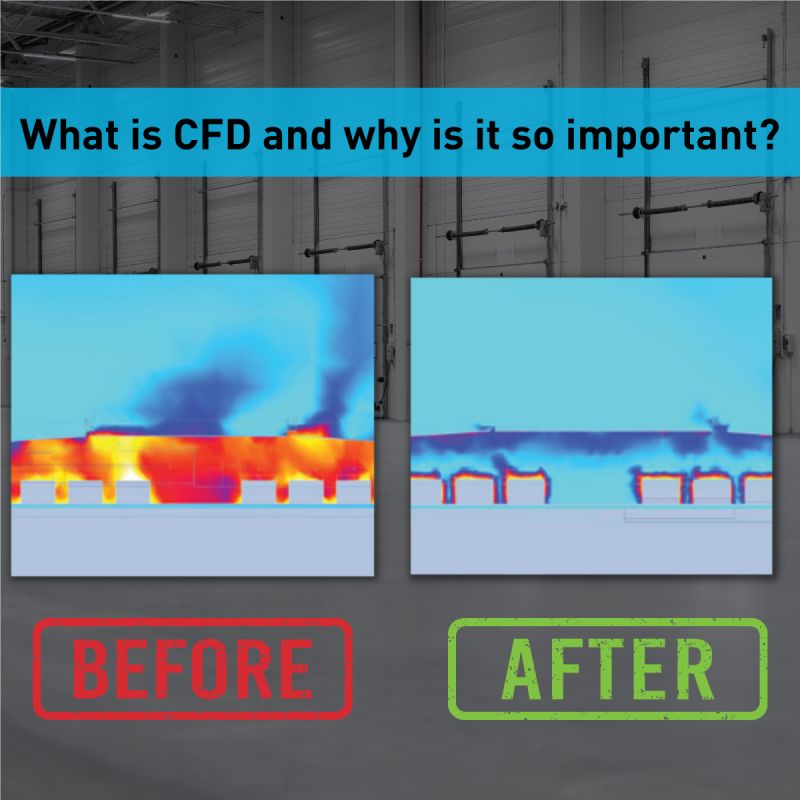
Your Path to Safer, Smarter Compliance
Navigating the new welding fume extraction standards might feel overwhelming, but ensuring compliance doesn’t have to drain your resources or disrupt your operations. By choosing the right ventilation solution, you can protect your workers, avoid fines, and improve air quality, all while keeping long-term costs in check.
For many businesses, natural ventilation offers a smart, sustainable alternative to traditional powered systems. With zero energy costs, minimal maintenance, and a tailored design that fits your workspace, it’s a solution that delivers both compliance and peace of mind.
Now is the time to act. Don’t wait for regulatory inspections or mounting health risks to force your hand. Take control of your factory’s air quality today.
Ready to make the switch? Our team specialises in designing and implementing natural ventilation systems that keep your workplace safe, compliant, and cost-effective.
Contact us today for a free consultation, and let’s work together to create a healthier, more sustainable workspace for your team.
